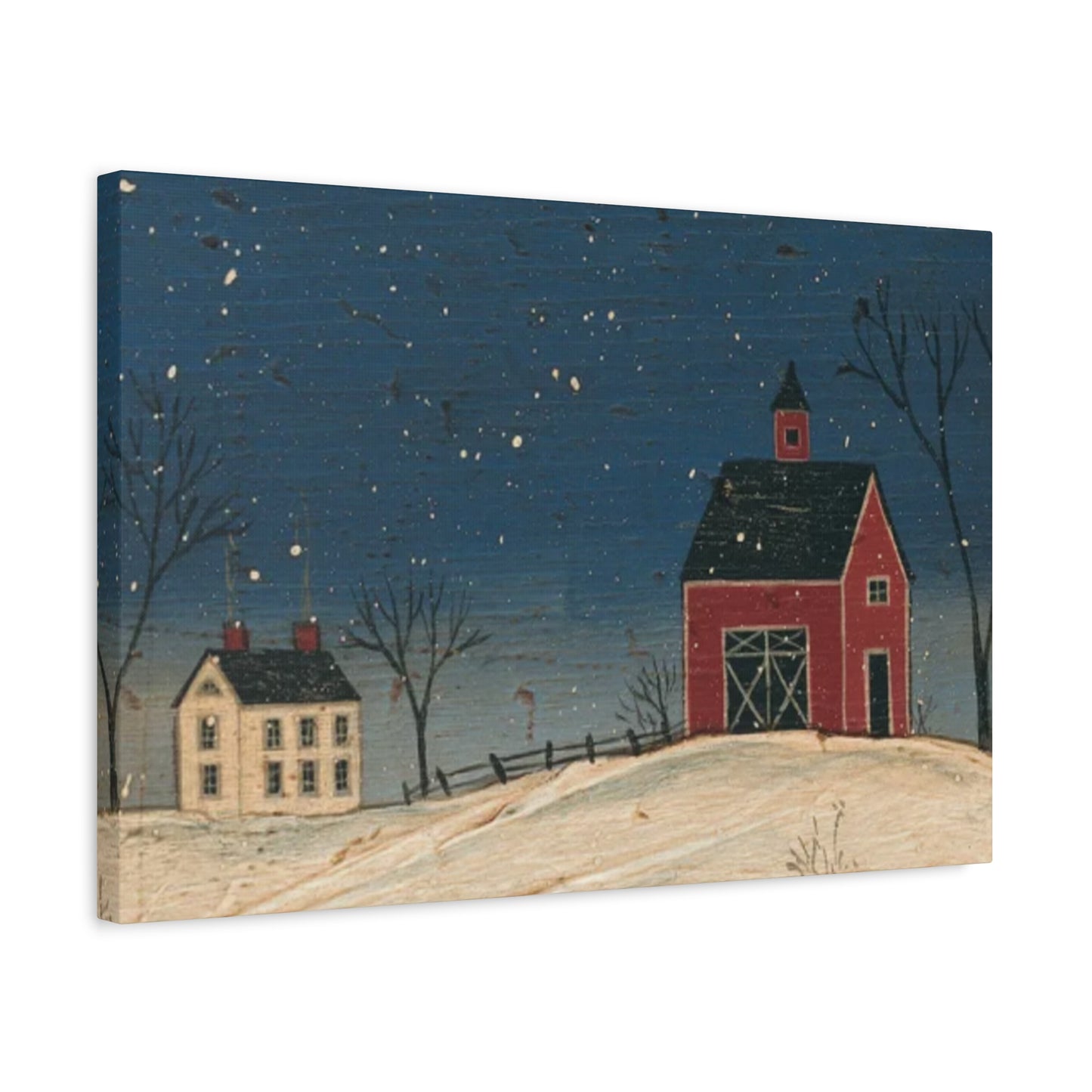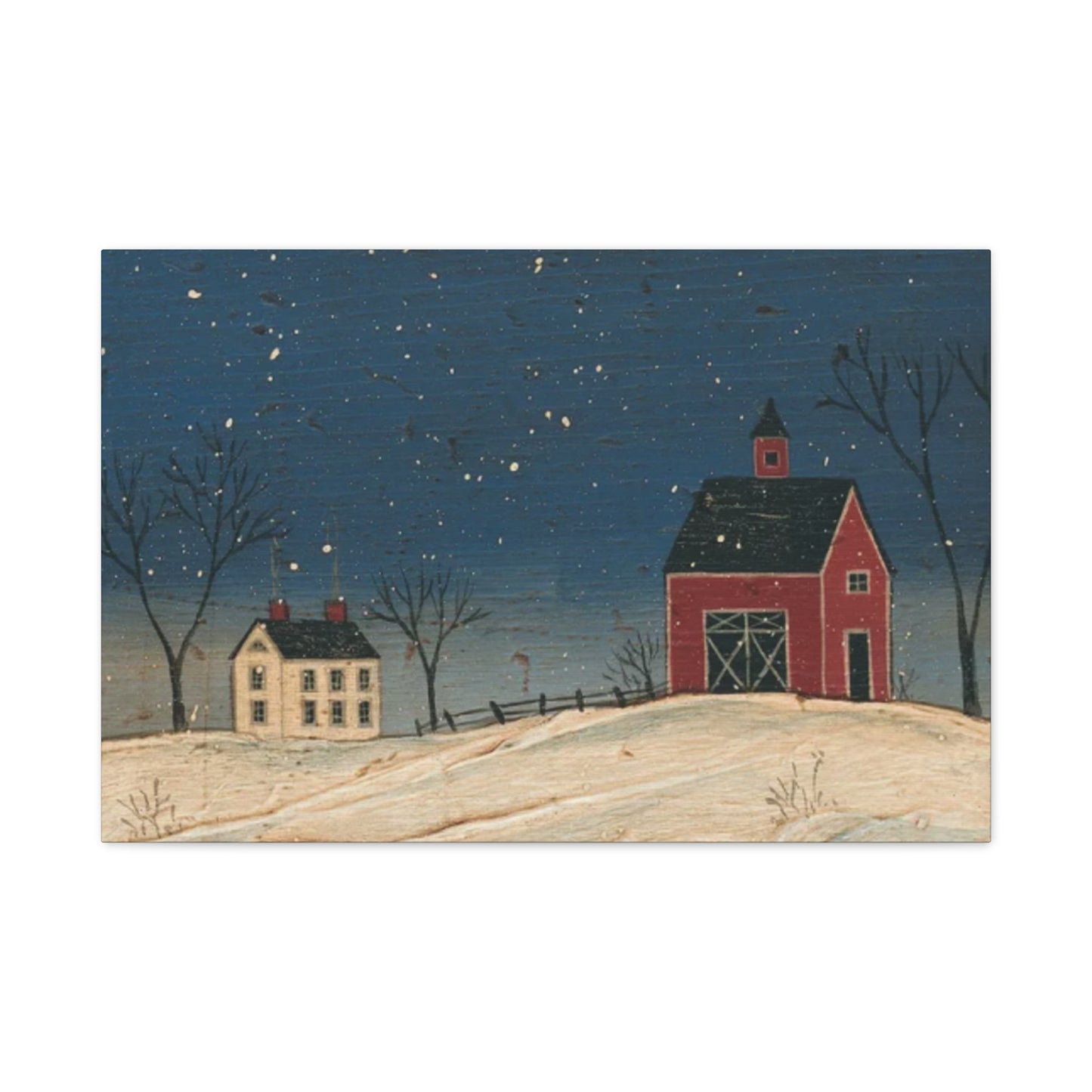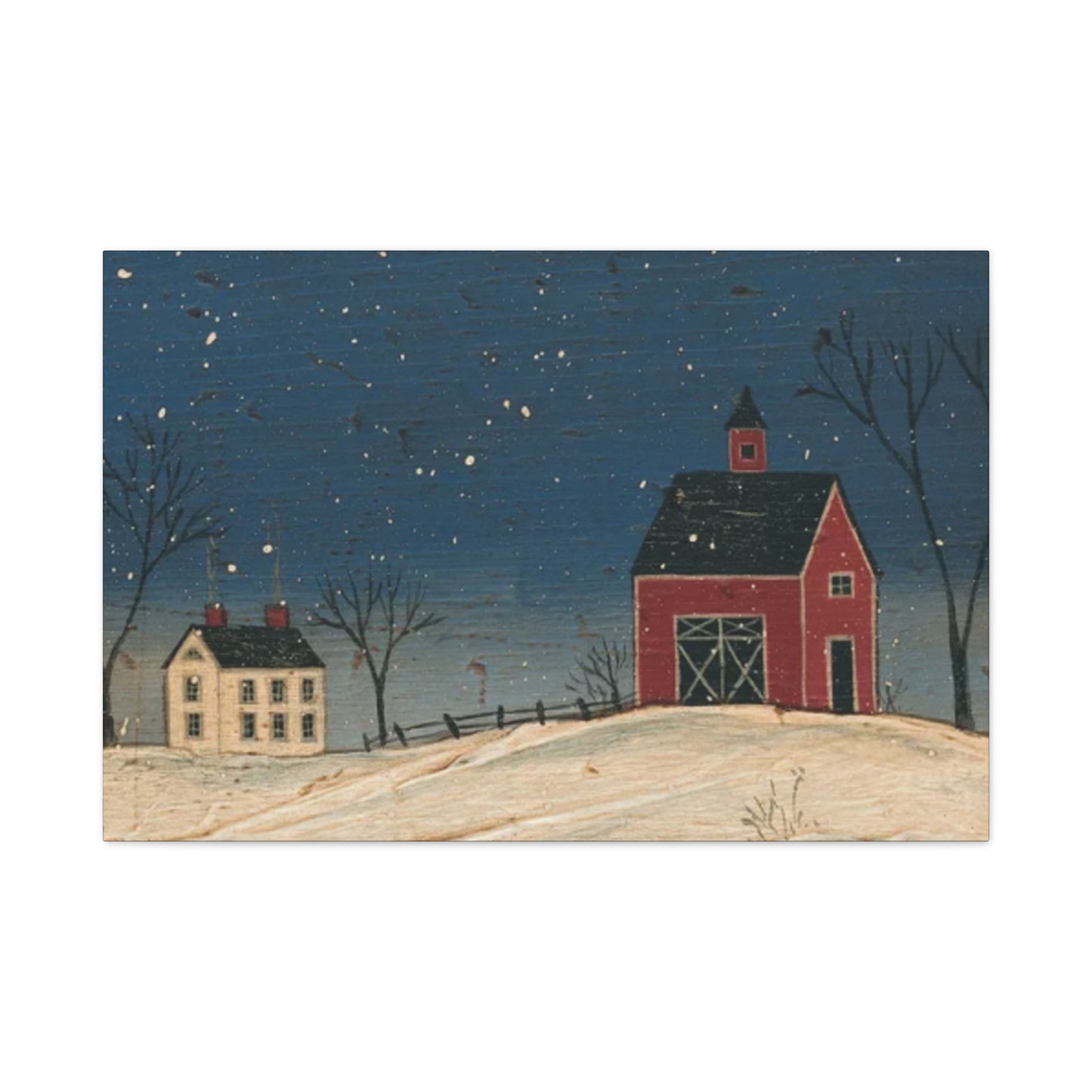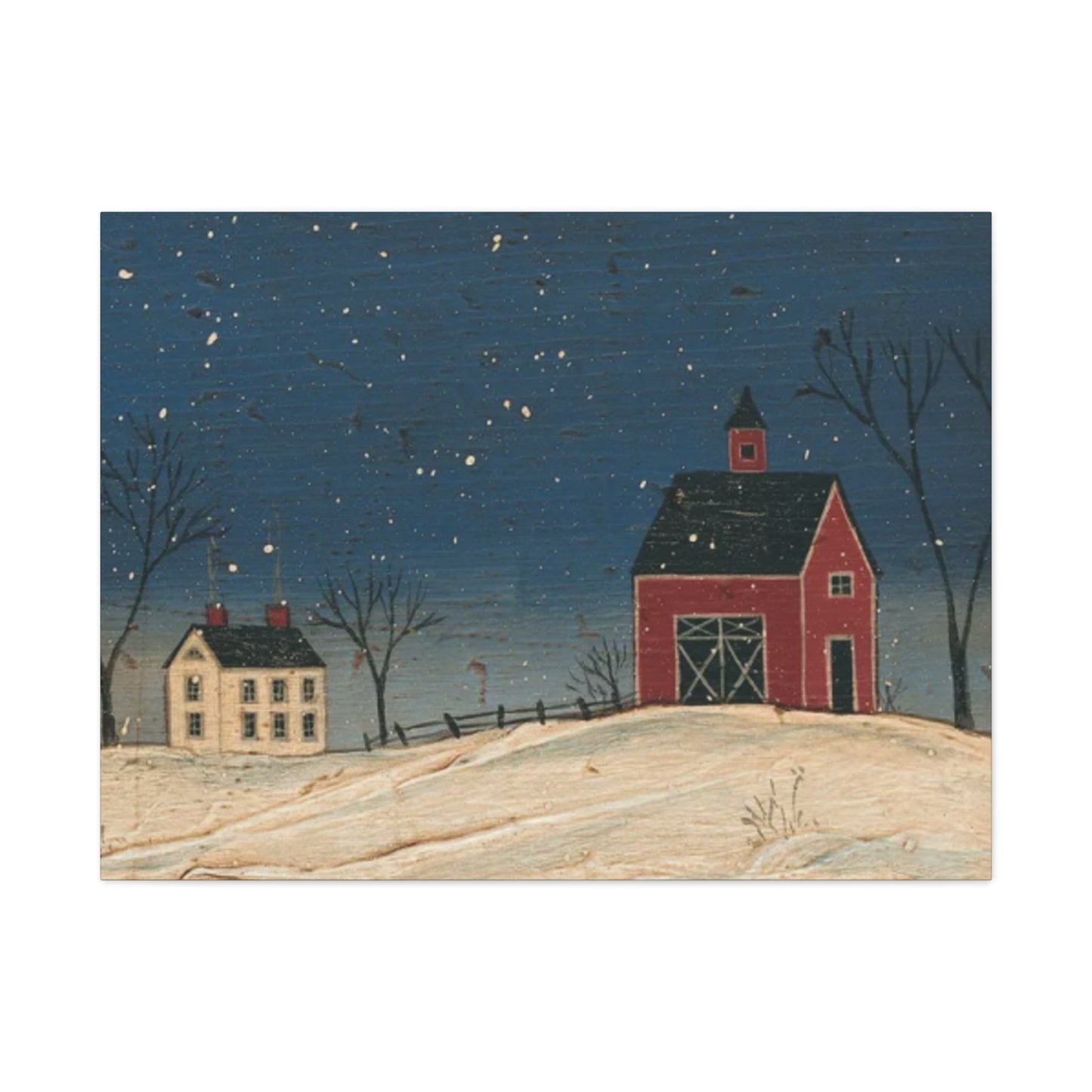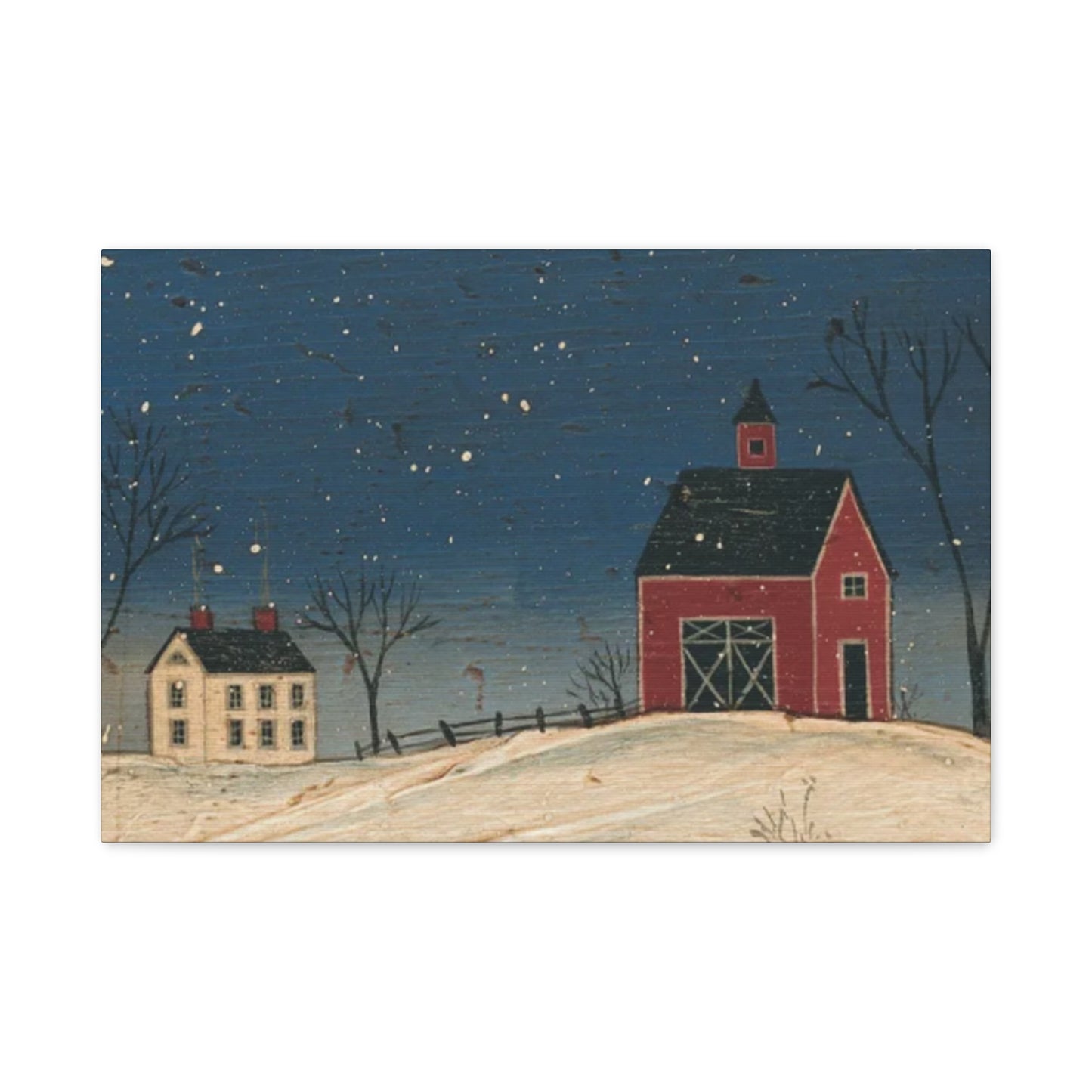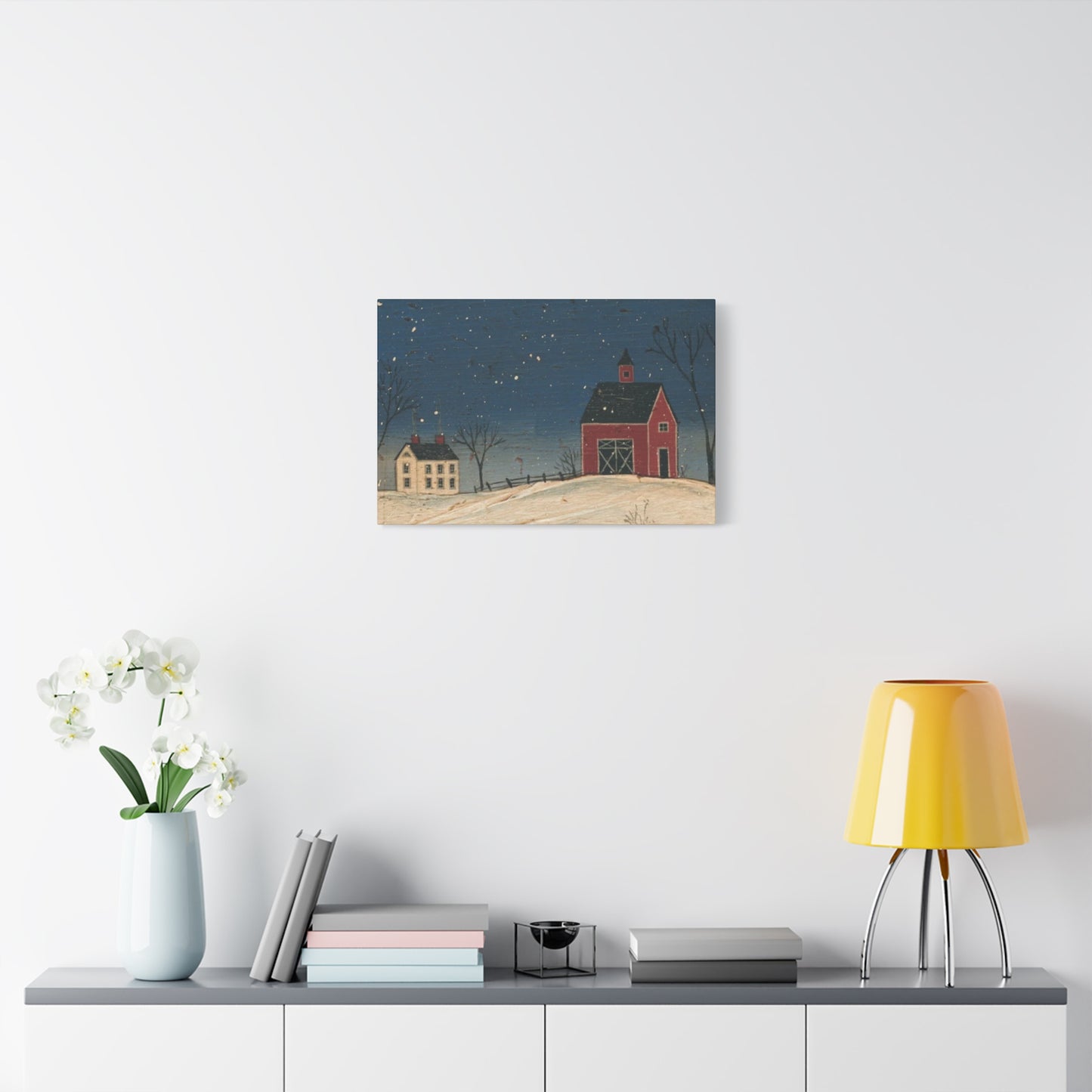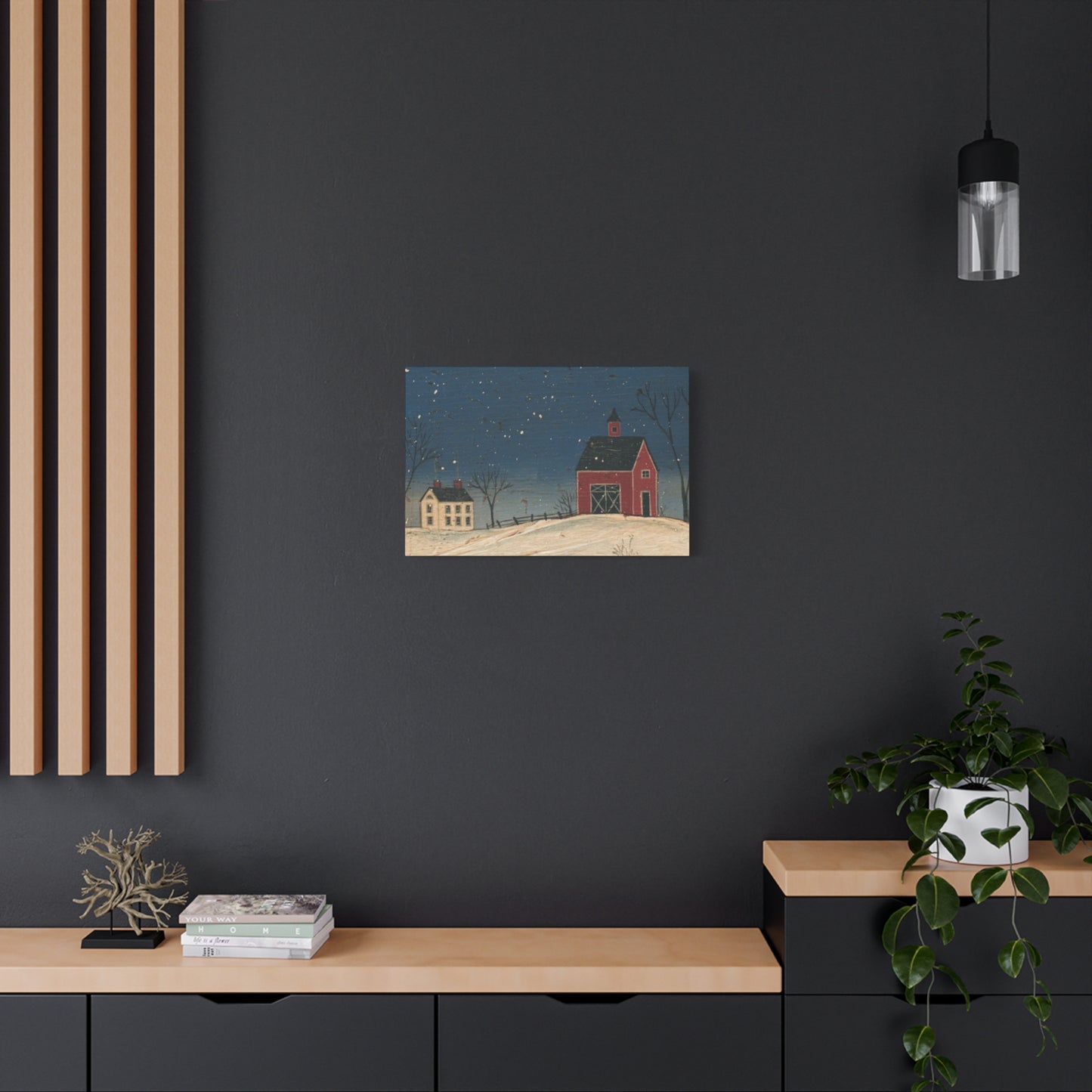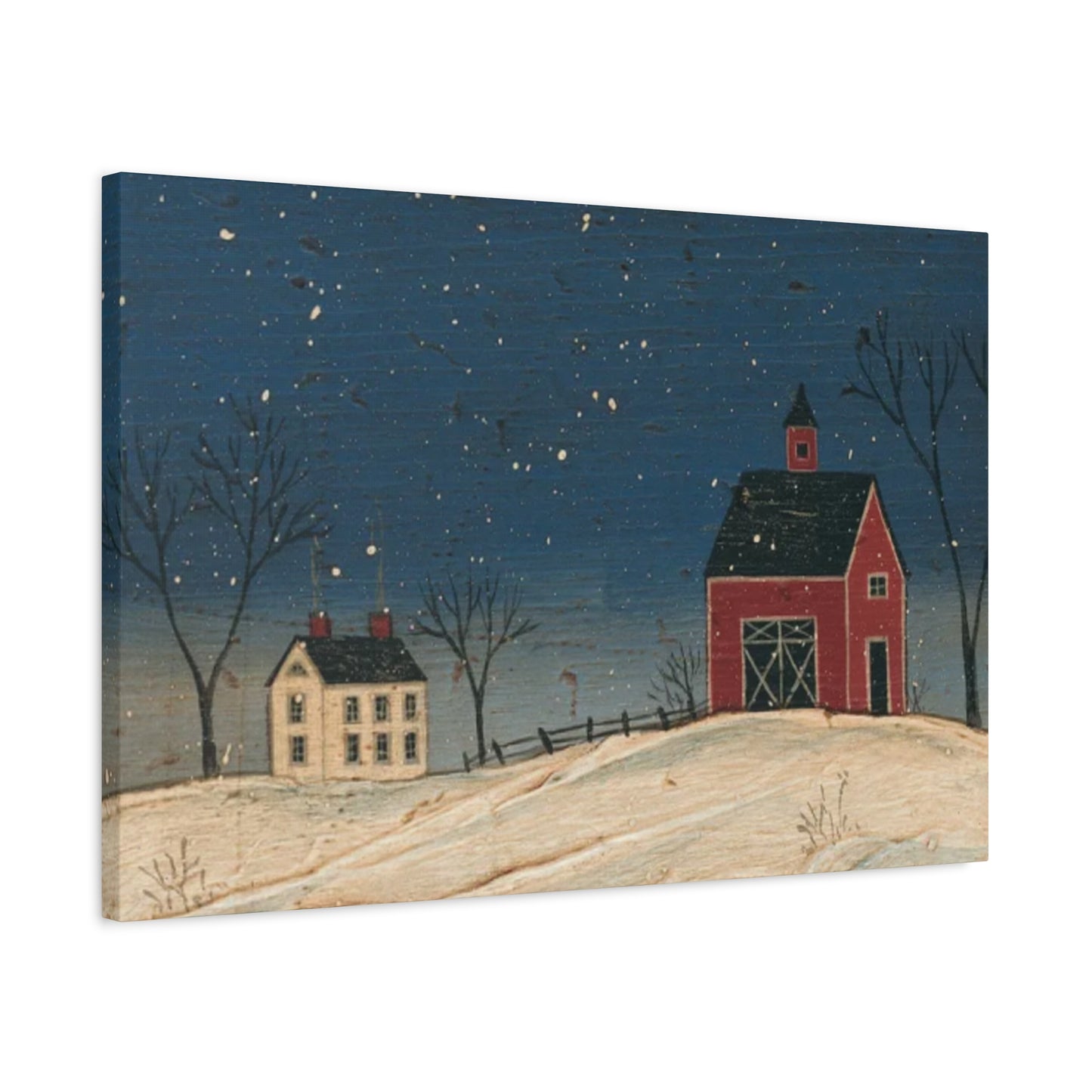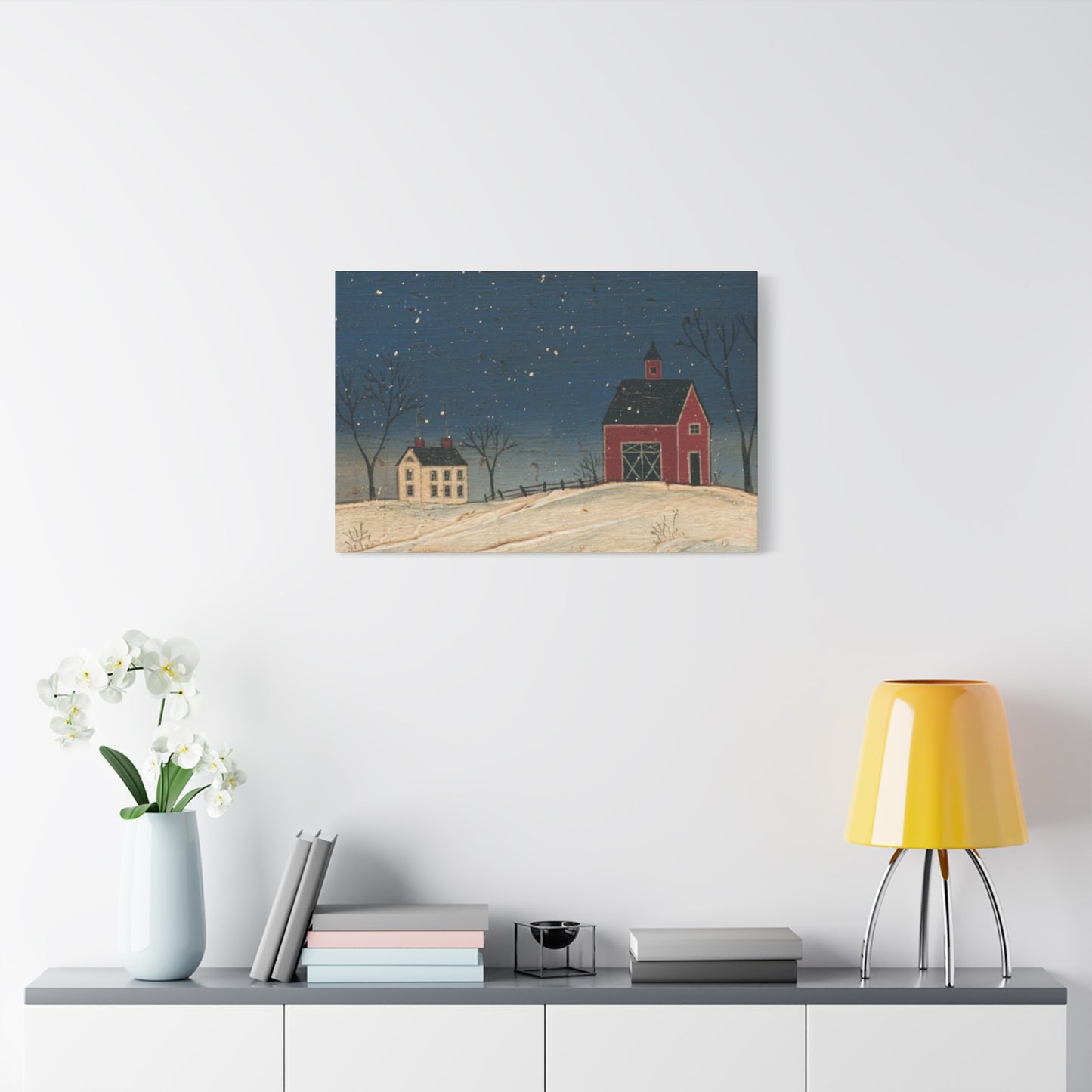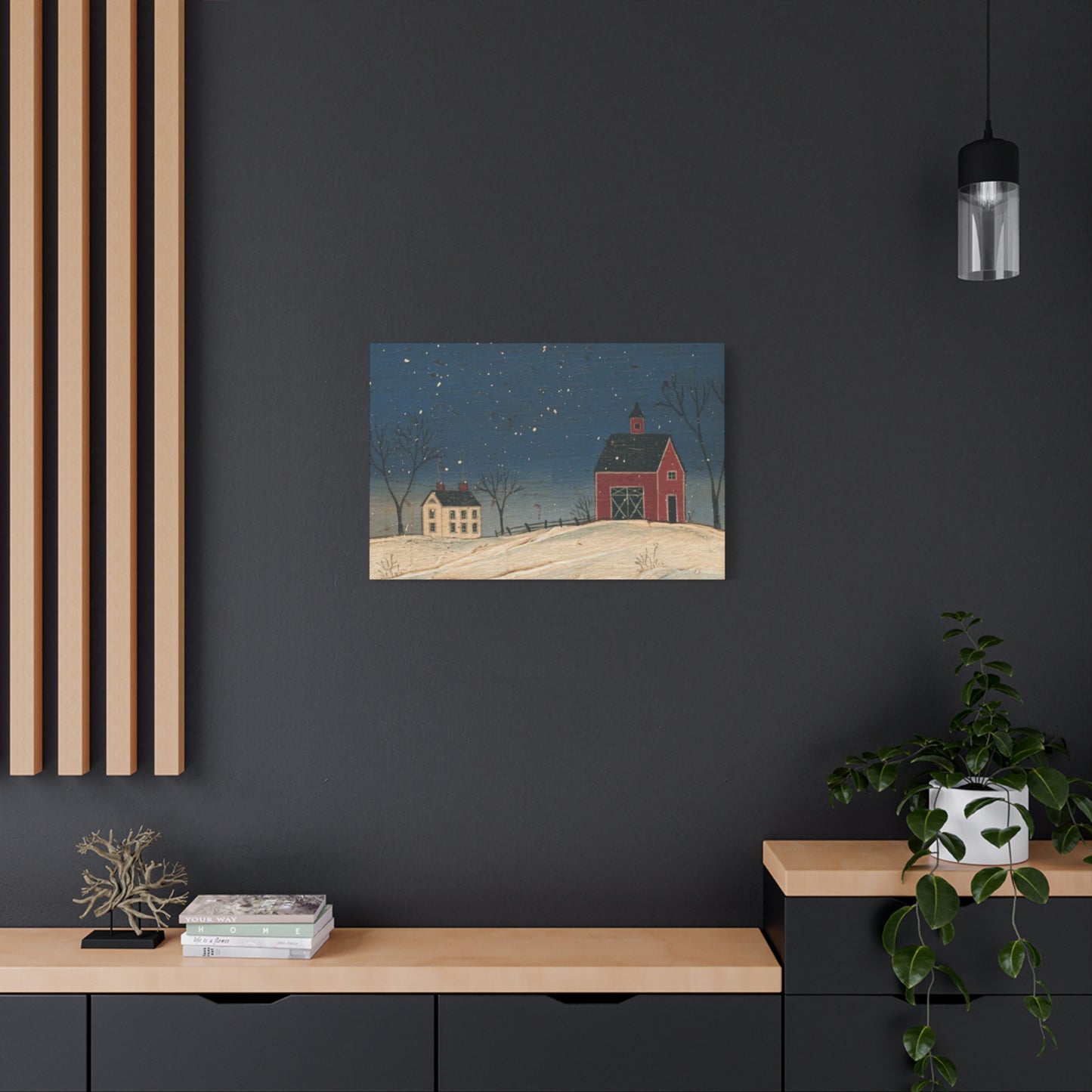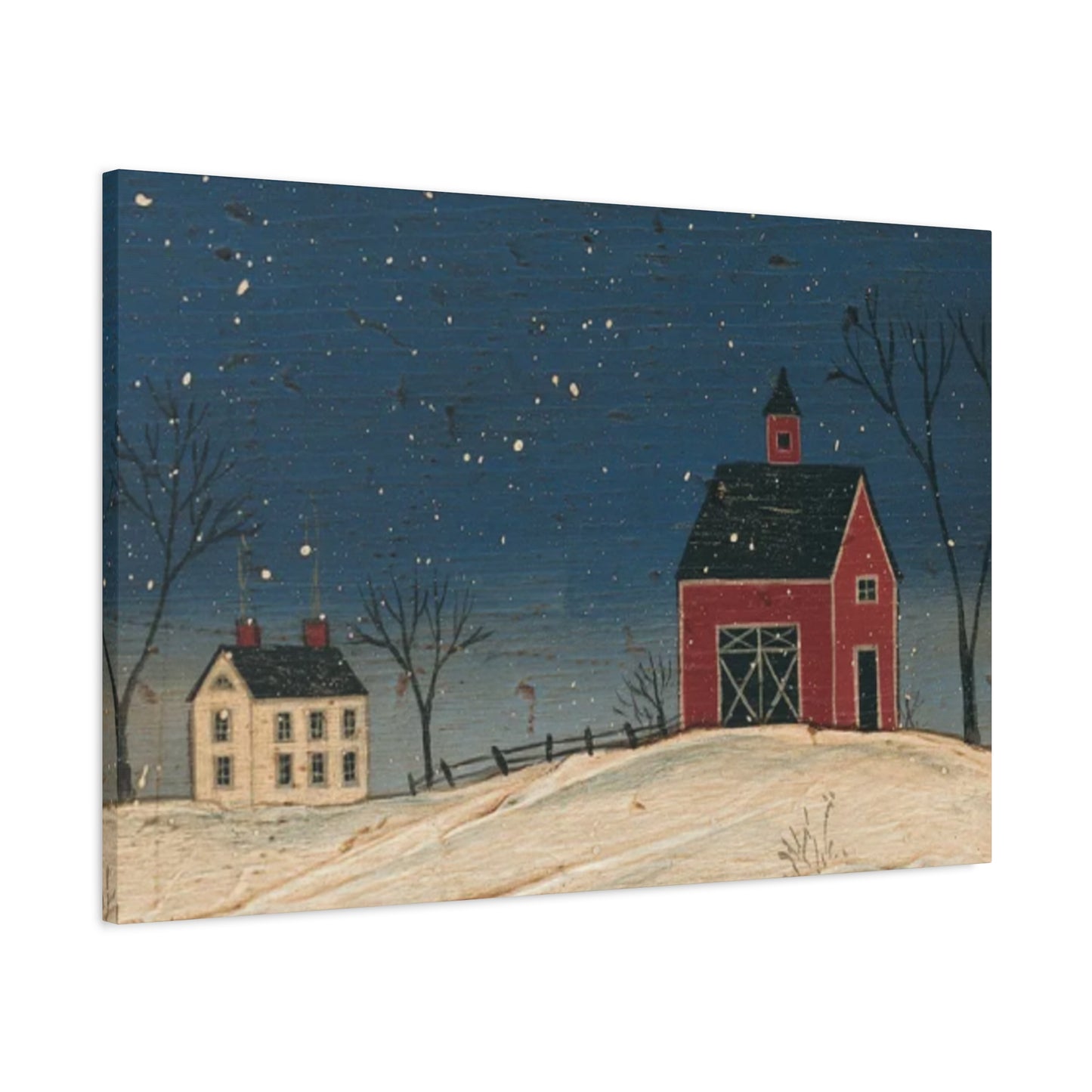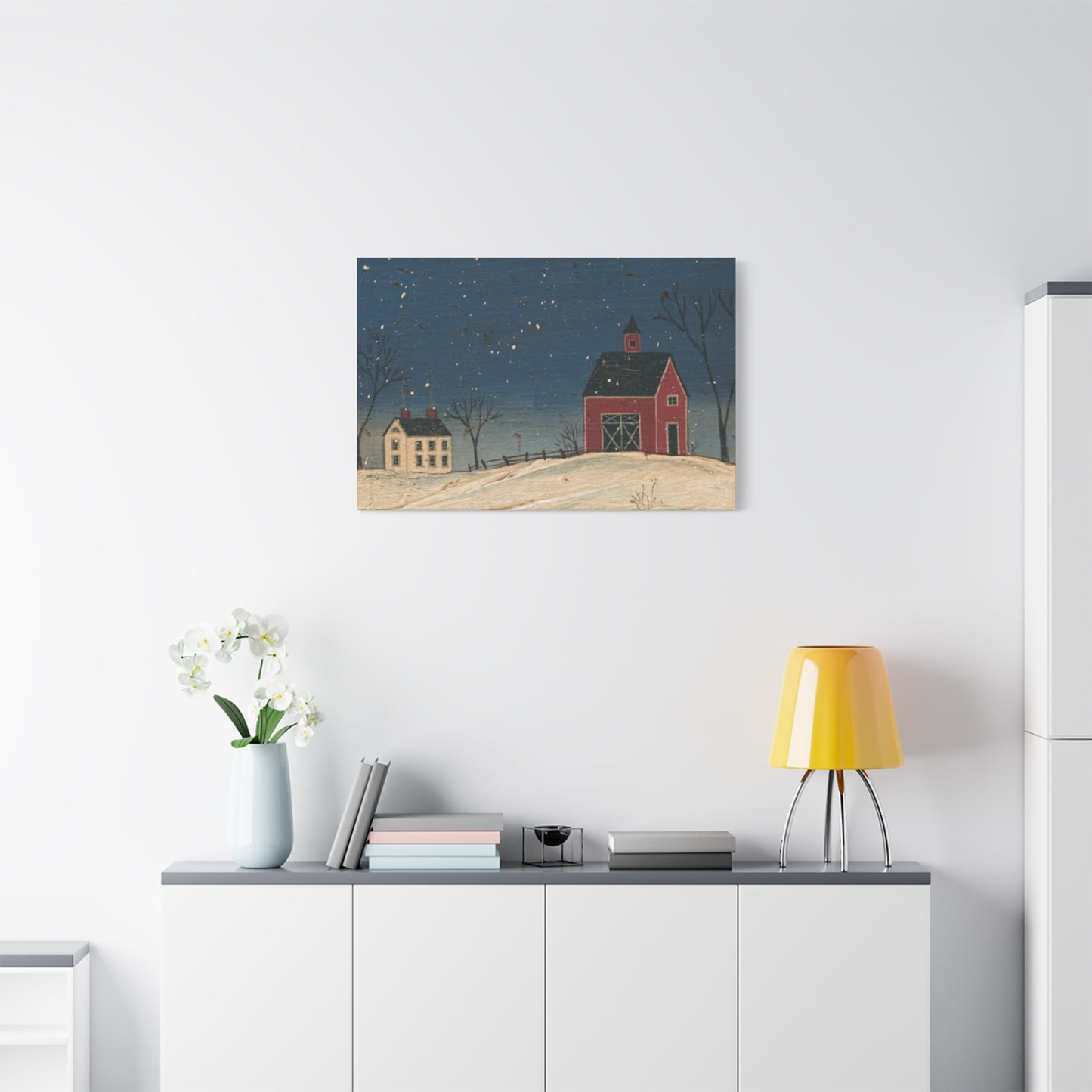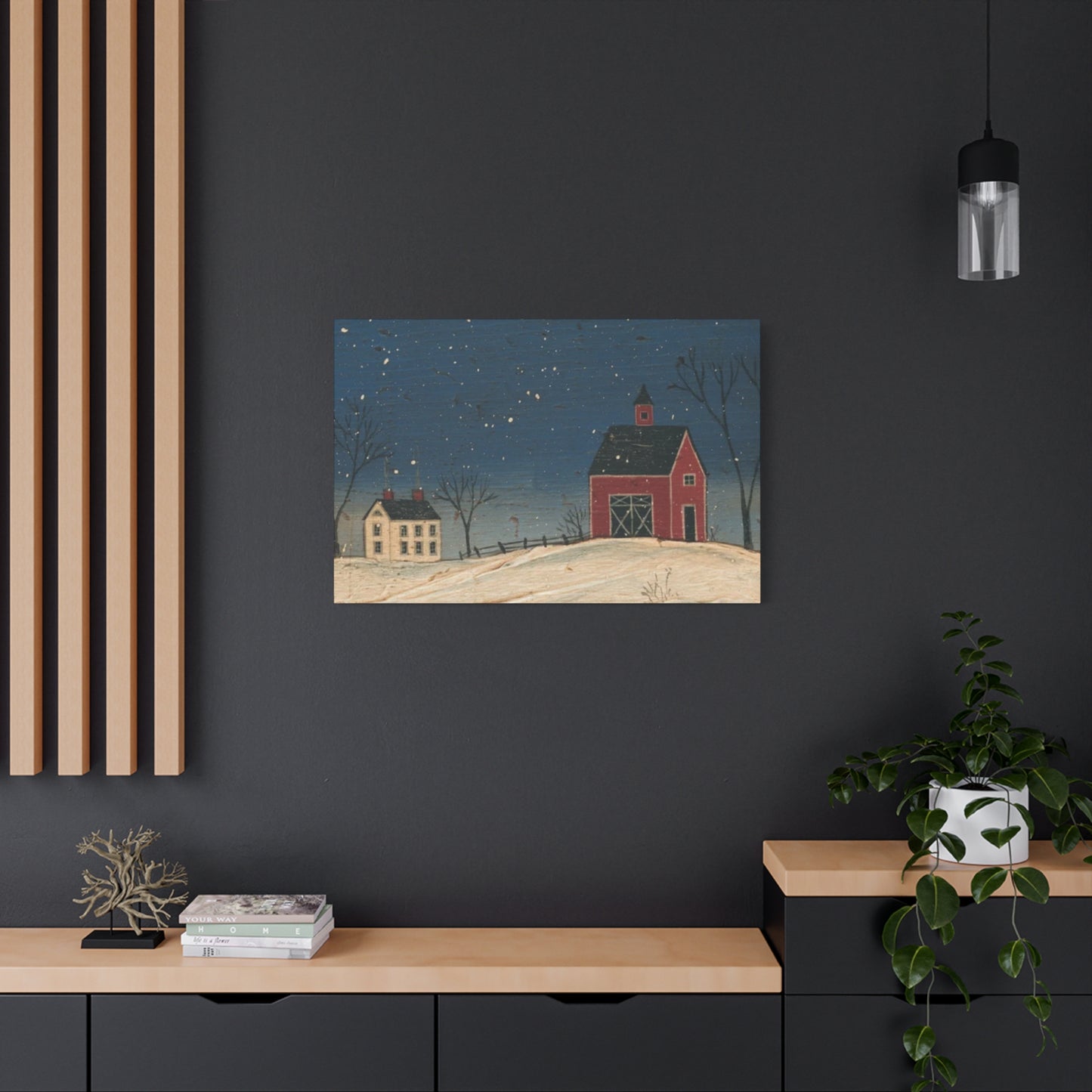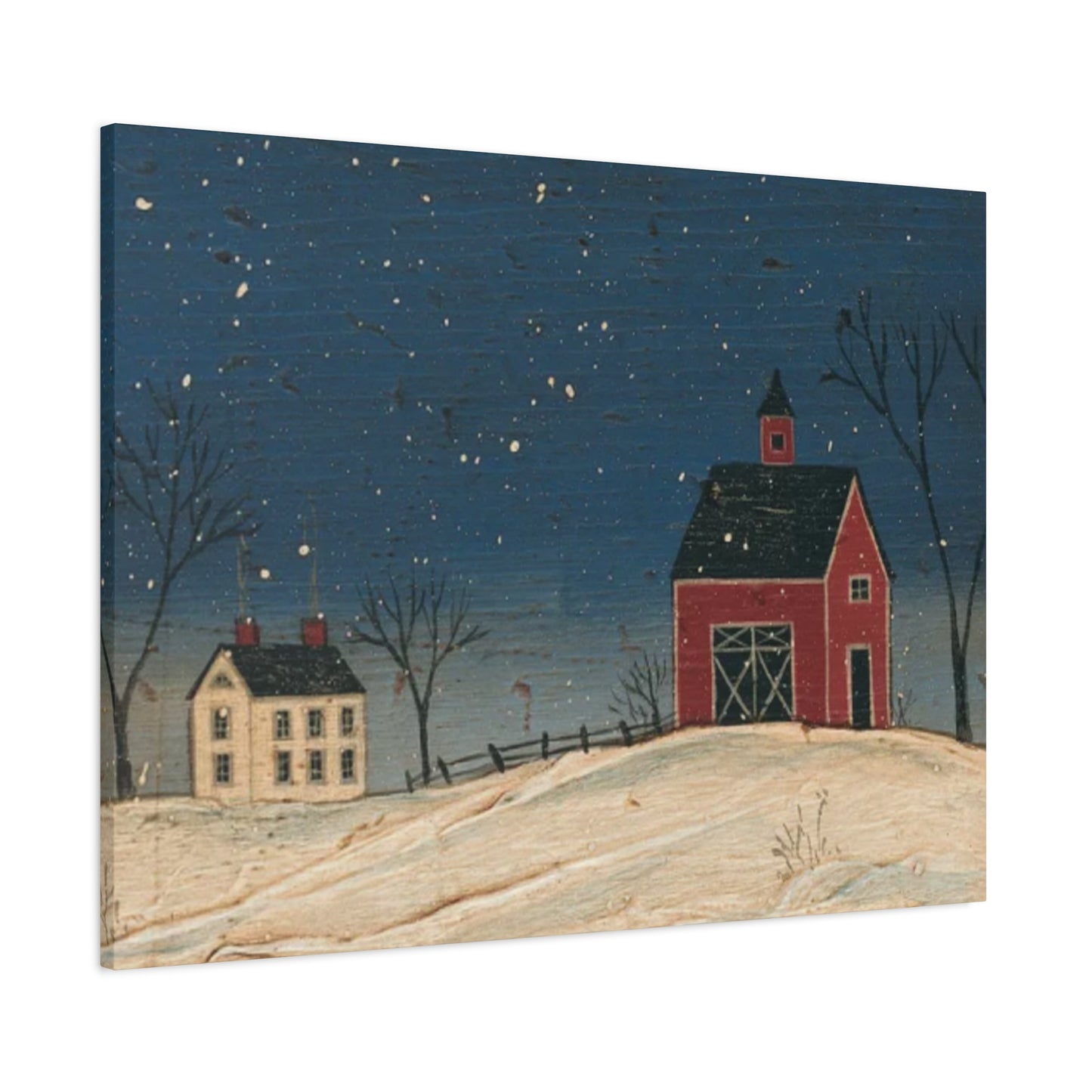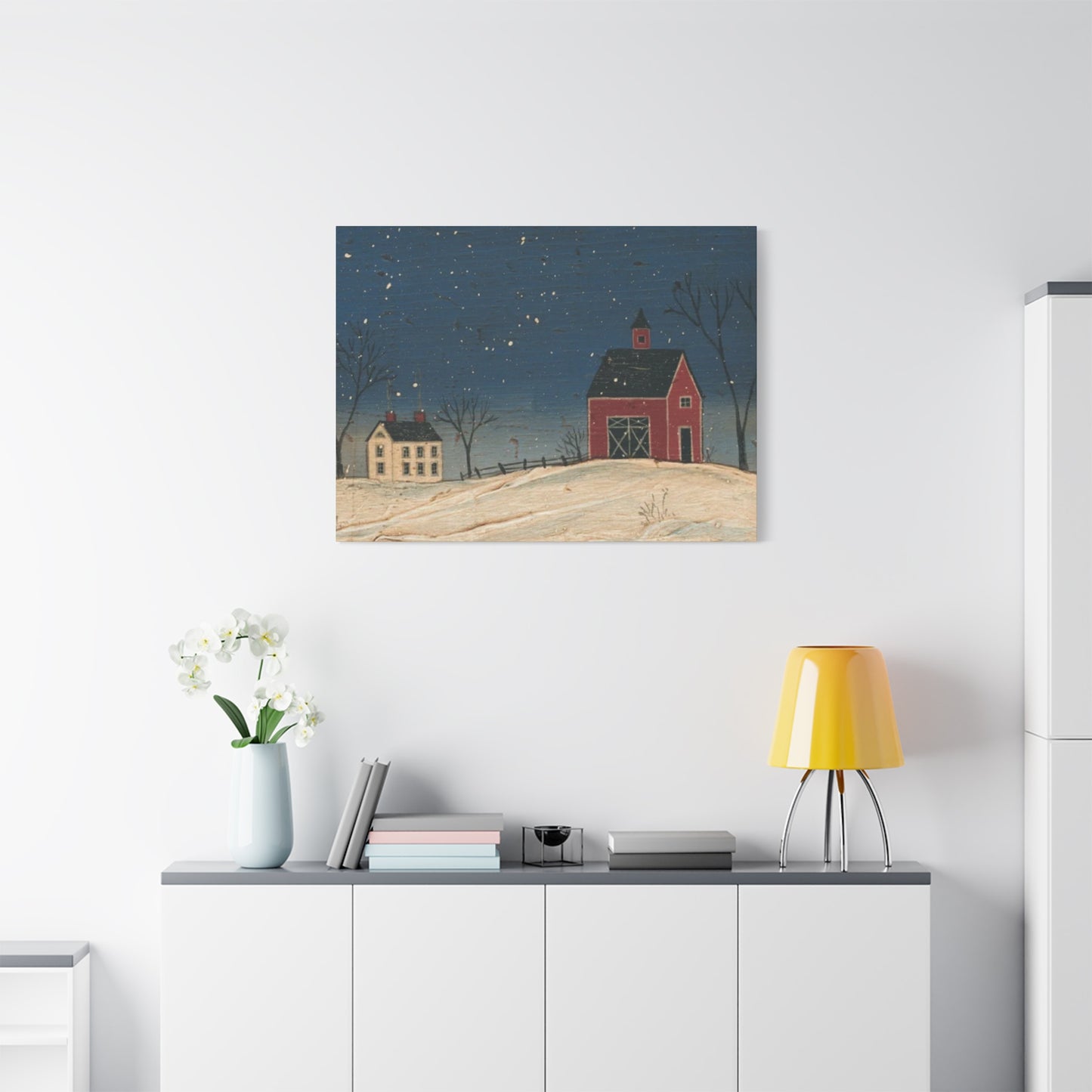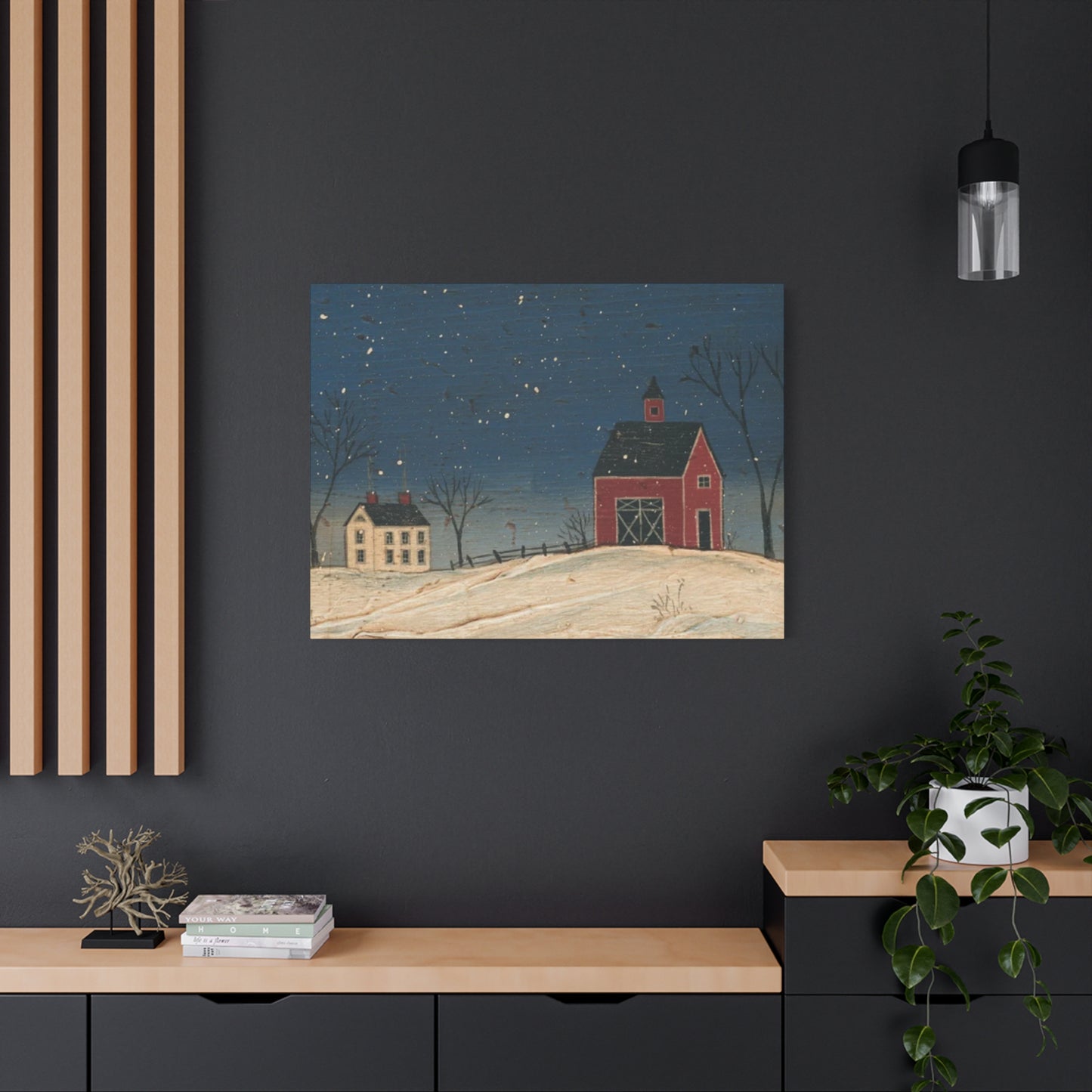Celestial Echoes: Discovering the Cosmic Appeal of Starry Night Kimble Warren Wall Art
The human gaze has always been drawn upward, to the vast, mysterious canopy of the night sky. Long before the advent of written language or structured civilization, our ancestors watched the silent procession of stars, the steady glow of planets, and the cyclical journey of the moon. This cosmic ballet was our first calendar, our first map, and our first source of myth and wonder. It is a fundamental connection, a primal curiosity that resides deep within our collective consciousness. This enduring fascination with the cosmos has been a powerful muse for artists throughout history, who have sought to capture not just the visual spectacle of the night, but the profound emotions it evokes: awe, tranquility, insignificance, and an overwhelming sense of connection to something larger than ourselves. Art becomes the bridge between our terrestrial existence and the infinite expanse above.
In the grand tapestry of art history, few works have captured this celestial wonder with as much emotional intensity and iconic power as Vincent van Gogh's "The Starry Night." It is more than a painting; it is a cultural touchstone, a raw, swirling expression of a turbulent mind reaching for cosmic serenity. Its influence is immeasurable, inspiring countless artists to look at the night sky not just as a black canvas with points of light, but as a dynamic, living entity. It is within this powerful legacy that we find modern interpretations that continue the conversation, bringing the passion of post-impressionism into contemporary spaces. This brings us to the heart of our exploration: the captivating allure of Starry Night Kimble Warren wall art.
This specific style of artwork serves as a modern homage, a re-imagining that honors the spirit of the original while carving out its own unique identity. It is art designed not for the cold, sterile walls of a museum, but for the intimate, personal spaces where we live, dream, and seek inspiration. This extensive journey will delve deep into the universe of celestial art, using the Starry Night Kimble Warren wall art as our guiding star. We will traverse the historical origins of cosmic depiction, deconstruct the emotional and technical brilliance of its post-impressionist roots, and explore how these contemporary pieces can fundamentally reshape our living environments. We will uncover the symbolic language of the stars, the psychological impact of its color palette, and the practical considerations for making such a powerful piece the soul of your home’s decor.
The Romantic Movement and the Sublime Night Sky
The Romantic era, spanning the late 18th and early 19th centuries, marked a profound shift in the artistic portrayal of nature, and the night sky became a central character in this new drama. Rejecting the cool logic and order of the Enlightenment, Romantic artists and poets sought to explore the realms of emotion, imagination, and the sublime. The sublime was a key concept, referring to experiences of awe, terror, and wonder that overwhelm the senses and make one feel small in the face of nature's immense power. The nocturnal landscape was the perfect subject for evoking this feeling. Artists like Caspar David Friedrich in Germany and J.M.W. Turner in England turned their gaze to moonlit shores, misty mountains under starry skies, and dramatic celestial events. Their work was infused with a sense of spiritual yearning and introspection.
The night was no longer just a dark backdrop; it was a space for contemplation, a metaphor for the unknown, and a mirror for the inner turmoil and aspirations of the human soul. Friedrich’s "Monk by the Sea," while a daytime scene, captures the Romantic spirit of placing a solitary human figure before an overwhelming expanse, a feeling he frequently translated into his nocturnal paintings. The moonlight in these works is not merely illustrative; it is imbued with a mystical quality, symbolizing hope, melancholy, or a connection to a higher power. This emotional and spiritual approach to the cosmos directly paved the way for the post-impressionists. It broke the tradition of purely symbolic or decorative celestial depiction and opened the door for artists to paint not just what they saw in the night sky, but what they felt.
Vincent van Gogh and the Post-Impressionist Revolution
To fully appreciate the lineage of the Starry Night Kimble Warren wall art, one must understand the revolutionary context from which its primary inspiration arose. Vincent van Gogh was a pivotal figure in Post-Impressionism, a movement that emerged in the late 19th century as a reaction against the naturalistic, objective goals of Impressionism. While the Impressionists were fascinated with capturing the fleeting effects of light and atmosphere, the Post-Impressionists, including figures like Paul Cézanne, Paul Gauguin, and Georges Seurat, sought to reintroduce emotion, structure, and personal expression into their work. They were not a single, cohesive group but a collection of individual artists who pushed the boundaries of art in different directions. Van Gogh’s direction was one of intense emotional honesty and symbolic color.
He believed that art should be a direct conduit for the soul, and he used color and brushwork not to simply describe a scene, but to convey his own inner state. He famously wrote to his brother Theo, "Instead of trying to reproduce exactly what I have before my eyes, I use color more arbitrarily, in order to express myself forcibly." This philosophy was radical. He applied paint thickly, often straight from the tube, in passionate, energetic strokes that left a visible, tactile record of his creative process. His colors were vibrant and often non-naturalistic, chosen for their symbolic and emotional weight. Yellow might represent hope and divine love, while deep blues and cobalt could signify infinity and melancholy. This revolutionary approach, where the artist's inner world takes precedence over objective reality, is the very essence of "The Starry Night" and is the foundational principle that allows for contemporary reinterpretations like the Kimble Warren style to exist and thrive, continuing the legacy of art as a form of profound personal expression.
A Detailed Analysis of Van Gogh's "The Starry Night"
Painted in June 1889 from the window of his asylum room in Saint-Rémy-de-Provence, "The Starry Night" is arguably Vincent van Gogh's most famous work and a monumental achievement in Western art. It is a complex tapestry weaving together direct observation, imagination, memory, and profound emotion. The composition is masterfully divided into three main parts. In the foreground, a colossal, flame-like cypress tree dominates the left side, reaching from the earth all the way to the top of the canvas, acting as a dark, brooding bridge between the terrestrial and celestial realms. The middle ground depicts a serene village, nestled in the rolling hills of the Alpilles mountains. The tranquility of the town, with its softly lit windows and the sharp steeple of its church, provides a stark contrast to the tumultuous energy of the sky above.
This village is largely an invention of memory, inspired by his Dutch homeland rather than the local French landscape, adding a layer of personal nostalgia to the scene. The true protagonist of the painting, however, is the sky. It is not a static, peaceful night but a celestial vortex of cataclysmic energy. A massive, swirling galaxy of blues, whites, and yellows dominates the center, while stars and what appears to be a glowing planet (likely Venus, which was prominent at the time) explode with their own luminous halos. The moon, an incandescent crescent fused with the sun, hangs in the upper right corner, radiating a powerful light. The entire scene is rendered with thick impasto and dynamic, directional brushstrokes that create an overwhelming sense of motion and vibration, making the heavens seem alive and roiling with untamable force. The Starry Night Kimble Warren wall art draws its core inspiration from this very dynamism, seeking to capture that same sense of a living, breathing cosmos.
Distinguishing Features from the Van Gogh Original
While the Starry Night Kimble Warren wall art owes a clear debt to its famous predecessor, its unique identity is found in its deliberate departures and modern sensibilities. A primary distinguishing feature is often its compositional focus. Van Gogh's painting is a complex narrative with strong foreground, middle ground, and background elements, each laden with personal symbolism. The Kimble Warren style frequently simplifies this, stripping away the terrestrial anchors like the specific village or the dominant cypress tree. This act of simplification transforms the piece from a specific landscape viewed by a specific artist at a specific time into a more universal and abstract expression of the cosmos. The viewer is not looking out of an asylum window but is placed directly within the celestial event itself.
Another key difference lies in the application and texture of the medium. While Van Gogh's work is defined by its thick, almost sculptural impasto, the Kimble Warren style can vary. Some pieces may emulate this heavy texture, while others might opt for a smoother, more fluid application of paint, creating a glossy, ethereal effect that feels more akin to a high-resolution space telescope image re-imagined through an artist's hand. The color palette also shows a modern evolution. Van Gogh's deep, brooding cobalts and prussian blues are often supplemented or replaced in the Kimble Warren style with brighter, more cosmic purples, magentas, and teals, colors that have become associated with modern astrophotography of nebulae and galaxies. These differences are not criticisms of the original but are conscious artistic choices that adapt the core emotional concept for a new era and a new context—the context of contemporary interior design.
The Fusion of Classic Inspiration and Contemporary Sensibility
The enduring appeal of the Starry Night Kimble Warren wall art lies in its masterful fusion of two distinct worlds: the impassioned, historical legacy of post-impressionism and the clean, sophisticated tastes of contemporary design. It is a bridge between the past and the present. The classic inspiration is evident in its very soul—the expressive brushwork, the emotional use of color, and the focus on capturing the feeling of a scene rather than its literal details. It pays homage to the revolutionary idea that art can be a window into the artist's psyche and that nature can be depicted as a living, breathing force. This historical depth gives the art a sense of weight and significance that purely decorative abstract art might lack.
However, this classic foundation is filtered through a contemporary lens. The frequent simplification of the composition, the focus on a central, dramatic celestial event, and the updated, often brighter color palette align perfectly with modern interior design principles. Contemporary design often favors strong focal points, uncluttered compositions, and bold use of color to make a statement. A piece of Starry Night Kimble Warren wall art can serve as the perfect "wow factor" in a minimalist room, providing a burst of color and energy without creating visual clutter. It can complement a range of modern furniture styles, from mid-century modern to industrial chic. This fusion is its greatest strength. It allows a homeowner to bring a piece of art history's emotional power into their home in a way that feels fresh, relevant, and perfectly suited to a 21st-century lifestyle.
Emotional Resonance: What Feelings Does This Art Evoke?
A piece of Starry Night Kimble Warren wall art is more than a decorative object; it is an emotional engine. Its primary function is to evoke a powerful response in the viewer, tapping into the deep well of feelings we associate with the night sky. The most immediate emotion is often a sense of awe and wonder. The grand scale of the swirling cosmos depicted on the canvas reminds us of the vastness of the universe and our small place within it. This can be a humbling and deeply moving experience, pulling us out of our mundane daily concerns and connecting us to something magnificent and timeless. Closely related to this is a feeling of tranquility and peace. Despite the dynamic energy and motion in the artwork, the overarching theme of the night sky is one of serenity.
The deep blues and purples are psychologically calming colors, often associated with stability, imagination, and spirituality. Placing such a piece in a bedroom or living room can help create a sanctuary-like atmosphere, a space for quiet contemplation and mental escape. For some, the art may also evoke a sense of inspiration and creativity. The explosive energy of the stars and the unbridled flow of the cosmic clouds can be incredibly stimulating to the imagination. It speaks of creation, possibility, and the beautiful chaos from which order emerges. It can serve as a powerful muse in a home office or studio. Ultimately, the emotional resonance is personal, but the art consistently invites introspection, encouraging us to look both outward at the universe and inward at our own thoughts and feelings.
The Symbolism of the Swirling Sky
The swirling sky, the defining characteristic of both Van Gogh's original and the Starry Night Kimble Warren wall art, is a profoundly potent symbol with multiple layers of meaning. On the most literal level, the swirls represent the dynamic, ever-changing nature of the universe. Modern science has shown us that the cosmos is not static; it is a place of immense energy, of spinning galaxies, exploding stars, and flowing interstellar winds. The swirling brushstrokes are an artistic translation of these powerful physical forces, such as gravity and celestial mechanics. They capture the concept of a universe in constant, beautiful motion. On a deeper, metaphorical level, the swirls represent the turbulence of emotion and the inner world of the human psyche. For Van Gogh, they were a clear externalization of his own tumultuous mental state.
In a broader sense, they can symbolize the chaotic, unpredictable, yet often beautiful journey of life itself. The sky becomes a mirror for our own struggles, our passions, and our creative energies. It suggests that there is a kind of order and beauty to be found even within chaos. Furthermore, the swirl can be seen as a spiritual symbol. It is a form found throughout nature, from seashells and whirlpools to the spiral arms of our own galaxy. It represents cycles, journeys, and the path of spiritual evolution, leading from the outer world to the inner center. In this context, the swirling sky becomes a symbol of spiritual awakening, a connection to the divine, or a representation of the life force that animates all things. It is this rich symbolic potential that makes the image so compelling and timeless.
Incorporating Nebulae and Galaxies in Modern Art
While Van Gogh's swirling sky was a product of his inner vision, its resemblance to a spiral galaxy is uncanny and has been much discussed. Modern artists creating works like the Starry Night Kimble Warren wall art have the distinct advantage of a century's worth of astronomical discovery and imagery at their fingertips. The breathtaking photographs produced by the Hubble Space Telescope and other modern observatories have revealed the universe to be a place of unimaginable color and form, filled with vast, intricate structures like nebulae and distant galaxies. This new visual vocabulary has been eagerly incorporated into contemporary celestial art. Nebulae, the stellar nurseries where new stars are born, are particularly popular subjects.
Their ethereal clouds of gas and dust, illuminated from within by young, hot stars, provide the perfect opportunity for artists to work with vibrant, otherworldly color palettes of magenta, cyan, and deep orange. The artist can explore the interplay of light and shadow, transparency and opacity, creating a sense of immense depth and cosmic wonder. Similarly, the grand, spiral forms of galaxies have become a central motif. The swirling arms of a galaxy provide a natural compositional structure that is both dynamic and harmonious, drawing the viewer's eye into the center. By incorporating these scientifically-informed elements, the Starry Night Kimble Warren wall art creates a powerful synthesis. It combines the raw, emotional expressionism of its post-impressionist roots with the awe-inspiring, factual beauty of the modern cosmos, resulting in artwork that feels both timelessly mythic and excitingly contemporary.
The Use of Light and Shadow to Create Cosmic Depth
In celestial art, the interplay of light and shadow—a technique known as chiaroscuro—is essential for creating a convincing sense of three-dimensional space and cosmic scale. The canvas is not a flat window but a deep vista, and this illusion is built through the careful manipulation of light. The primary sources of light in a Starry Night Kimble Warren wall art piece are the stars and the moon. These are not just points of color but radiant entities that cast a glow on their surroundings. The artist achieves this effect by painting the areas of the cosmic clouds closest to a star in lighter, brighter hues, while the areas further away recede into deeper, darker tones. This creates the illusion that the clouds have volume and form, that they are billowing through space rather than just sitting on the canvas.
For instance, the crest of a swirling nebula might be touched with brilliant white or yellow where it catches the light of a nearby star, while its underside and deeper recesses are rendered in dark indigo or black. This creates a powerful sense of modeling and volume. Shadow, in this context, is not just the absence of light but an active element that defines shape and creates mystery. The deep, dark voids between the stars and galaxies are what give the luminous elements their power. Without the profound darkness of space, the starlight would have no contrast and no impact. It is this dynamic dance between brilliant light and profound shadow that gives the artwork its dramatic tension and its believable, immersive sense of infinite depth.
The Physics of Starlight and Its Artistic Translation
While celestial art is not a scientific diagram, a deeper appreciation of the Starry Night Kimble Warren style can be gained by considering how it artistically translates the real physics of starlight. Starlight is electromagnetic radiation emitted by distant stars. The color of a star is determined by its surface temperature. Hotter stars appear blue or white, while cooler stars appear orange or red. Artists working in the celestial genre often intuitively use this principle. A canvas might feature a diverse array of star colors, with brilliant blue-white giants and smaller, warmer-hued stars, creating a more realistic and varied starfield than one composed of uniform yellow dots. The twinkling of stars, known as astronomical scintillation, is caused by the light passing through the Earth's turbulent atmosphere.
Van Gogh's pulsating halos are a masterful artistic representation of this effect. Modern artists may achieve a similar feeling through energetic, radiating brushstrokes or by using layers of slightly different colors within the star's aura. The concept of nebulae is another area where art and physics meet. A nebula is an interstellar cloud of dust, hydrogen, helium, and other ionized gases. Emission nebulae, like the famous Orion Nebula, glow brightly because the gases are energized by the ultraviolet radiation from nearby hot stars. This process produces specific colors, with hydrogen glowing red and oxygen glowing green or blue. While an artist is not bound by these exact colors, the knowledge that nebulae are illuminated from within inspires the luminous, multi-hued clouds seen in so many Starry Night Kimble Warren pieces, giving them a basis in cosmic reality. The art becomes a poetic, rather than literal, translation of these grand physical processes.
Choosing the Right Piece for Your Living Room
The living room is often the heart of the home, a multi-functional space for relaxation, entertainment, and socializing. Selecting a focal piece of art for this room, such as a Starry Night Kimble Warren wall art canvas, requires careful consideration of the existing atmosphere and desired mood. For a living room designed for comfort and conversation, a piece with a calmer, more serene composition might be ideal. Look for variations that feature gentle, undulating swirls and a palette dominated by deep, calming blues and soft purples. This can create a tranquil backdrop that encourages relaxation without overwhelming the space. Conversely, if your living room is a hub of energy and social activity, a more dynamic and vibrant piece can be a fantastic choice.
A canvas with a powerful central vortex, explosive starbursts, and a bold color palette featuring bright teals, magentas, and golds can serve as a stunning conversation starter. It injects energy and creativity into the room. Consider the scale. In a large living room with high ceilings, a significant, oversized canvas can make a dramatic statement and anchor the entire design scheme. In a smaller, cozier space, a medium-sized piece or a diptych (a work in two panels) can provide that cosmic touch without dominating the room. Pay attention to the colors already present in your furniture, rugs, and textiles. Choose a piece that either complements this existing palette or provides a deliberate, exciting contrast.
Creating a Serene Atmosphere in the Bedroom with Celestial Art
The bedroom is a personal sanctuary, a space dedicated to rest, rejuvenation, and intimacy. The artwork chosen for this room should contribute to a feeling of peace and serenity. A piece of Starry Night Kimble Warren wall art is exceptionally well-suited for this purpose, provided the right variation is selected. The key is to lean into the more tranquil aspects of the style. Opt for compositions that emphasize flow and harmony over chaotic energy. Gentle, sweeping curves and a soft, blended application of paint will create a more dreamlike and soothing effect than sharp, energetic brushstrokes. The color palette is paramount. Deep indigos, soft lavenders, and muted teals are excellent choices for the bedroom.
These colors have a proven psychological calming effect, helping to lower stress levels and prepare the mind for sleep. Avoid pieces with an overabundance of bright, stimulating yellows or reds. The subject matter can also influence the mood. A composition focused on a serene, glowing moon or a soft, ethereal nebula will generally feel more restful than one depicting an explosive cosmic event. The placement of the artwork is also important. Hanging the canvas on the wall opposite the bed allows you to drift off to sleep while gazing into a peaceful, cosmic vista. Placing it above the headboard can anchor the bed as the focal point of the room and create a cocoon-like feeling of being enveloped by the tranquil night sky. The goal is to choose a piece that acts as a window to a calm, infinite space, facilitating a gentle transition into dreams.
Wall Art as a Focal Point in Your Home Office
In a home office, the right piece of wall art can do more than just decorate; it can inspire creativity, promote focus, and provide a much-needed mental escape during a busy workday. A Starry Night Kimble Warren wall art piece can be a particularly powerful choice for this environment. The cosmic theme is inherently linked to ideas of exploration, discovery, and thinking big—all excellent motivators for professional and creative work. To make the artwork a true focal point, choose a piece with a dynamic and engaging composition. The swirling energy and vibrant colors can help to stimulate the mind and prevent the workspace from feeling sterile or uninspired.
A canvas with a strong central galaxy or a brightly colored nebula can serve as a visual anchor, drawing the eye and invigorating the room. The color palette can be tailored to the type of work you do. If your job requires intense focus and analytical thought, a palette dominated by deep blues can aid concentration. If your work is more creative and collaborative, a piece with a broader, more energetic range of colors, including purples and teals, might be more suitable. Consider placing the artwork on the wall you face when you are not looking at your computer screen. This allows it to serve as a "mental palate cleanser." When you take a short break, you can let your gaze wander into the cosmic depths of the painting, helping to reset your focus and reduce screen fatigue. It acts as a reminder of the bigger picture, encouraging a broader perspective on daily tasks and challenges.
Complementary Color Schemes for Night Sky Art
Integrating a piece of Starry Night Kimble Warren wall art into your home requires thinking about the surrounding color scheme to ensure the artwork is showcased to its full potential. The rich, deep blues and purples of the art pair beautifully with a variety of palettes. For a sophisticated and cohesive look, an analogous color scheme is an excellent choice. This involves using colors that are next to each other on the color wheel. Pair your blue-toned celestial art with walls painted in a soft grey, a muted teal, or a gentle lavender. This creates a harmonious and serene environment where the artwork feels like a natural extension of the room's palette. For a more dramatic and modern effect, consider a complementary color scheme.
The complement to blue is orange. While painting an entire room bright orange might be overwhelming, incorporating accents of warm colors like burnt orange, rust, copper, or gold can create a stunning visual pop. Think of gold or brass light fixtures, a rust-colored velvet cushion, or a warm wood bookshelf. These warm tones will make the cool blues of the artwork seem even more vibrant and deep. A neutral palette is perhaps the most versatile option. Walls painted in soft white, light beige, charcoal grey, or greige provide a perfect blank canvas. This allows the Star-ry Night Kimble Warren wall art to be the undisputed star of the show, with its colors providing the primary visual interest in the room. This approach is ideal for minimalist or Scandinavian-inspired interiors.
The Importance of Scale: Selecting the Perfect Size
The impact of a piece of wall art is determined as much by its size as by its subject matter. Selecting the correct scale for your Starry Night Kimble Warren wall art is crucial for achieving a balanced and professionally designed look. A common mistake is choosing art that is too small for the wall it occupies. A small canvas on a large, empty wall can look lost and insignificant, diminishing its power. As a general rule of thumb, artwork hung above a piece of furniture, like a sofa or a headboard, should be approximately two-thirds the width of the furniture. This creates a pleasing visual relationship and anchors the art to the object below it. For a large, empty wall, such as in a living room or along a hallway, don't be afraid to go big.
A single, oversized canvas can create a breathtaking focal point and make the room feel larger and more dramatic. This is particularly effective with the immersive, cosmic scenes of the Kimble Warren style, as a large scale enhances the feeling of being enveloped by the night sky. Alternatively, for a very large wall, consider a multi-panel piece, such as a triptych (three panels). This breaks up the image in an interesting way and can cover a wider area than a single canvas, creating a panoramic effect. Before you buy, it's a good idea to measure the space and use painter's tape to outline the dimensions of the potential artwork on the wall. This will give you a clear visual sense of how the size will work in your room.
Framing Choices: Enhancing the Cosmic Vision
The decision of whether and how to frame your Starry Night Kimble Warren wall art can significantly influence its final presentation. Many contemporary canvas prints are designed to be hung unframed, with the image wrapping around the edges of the stretcher bars. This is known as a gallery wrap, and it creates a clean, modern, and minimalist look. This unframed approach is particularly well-suited to the abstract and immersive nature of celestial art, as it removes the boundary between the artwork and the room, enhancing the feeling of looking through a window into space. However, a frame can add a finishing touch of elegance and help to integrate the artwork with the room's decor.
A simple, modern frame is often the best choice for this style. A thin, black or dark charcoal floating frame is a popular option. A floating frame leaves a small gap between the edge of the canvas and the frame itself, which creates a sophisticated illusion that the canvas is hovering within the frame. This adds definition without distracting from the artwork. A metallic frame, perhaps in a soft gold, silver, or pewter, can also be a beautiful choice. It can pick up on the warm or cool tones within the painting—a gold frame to highlight the yellow stars, or a silver frame to complement the cool blues—and tie the artwork in with other metallic accents in the room, such as light fixtures or furniture hardware. Avoid ornate, heavy, or traditional frames, as they can clash with the modern, expressive energy of the art itself.
Lighting Your Artwork for Maximum Impact
Proper lighting is the final, crucial element in showcasing your Starry Night Kimble Warren wall art. The right light can bring the colors and textures of the canvas to life, while poor lighting can leave it looking flat and dull. The goal is to illuminate the art evenly without creating glare or casting distracting shadows. One of the best options for lighting artwork is a dedicated picture light. These are fixtures mounted on the wall or the frame itself, specifically designed to cast light down onto the canvas. Modern LED picture lights are an excellent choice as they provide clean, even light, are energy-efficient, and emit very little heat or UV radiation, which can damage the artwork over time.
rack lighting is another versatile solution. Multiple adjustable spotlights are mounted on a track on the ceiling, allowing you to aim one or more lights directly at the artwork. This is a great option for large pieces or if you want to highlight a gallery wall. When positioning the lights, aim for a 30-degree angle onto the artwork. This is generally considered the optimal angle to illuminate the piece fully while minimizing any reflections or glare from the canvas's surface or varnish. Pay attention to the color temperature of the light bulbs. A bulb with a warm white (around 2700K) can enhance the golden yellows in the painting, while a neutral or cool white (3500-4000K) will make the blues and whites appear crisper. Avoid placing the artwork in direct sunlight, as the UV rays will cause the colors to fade over time.
Pairing Celestial Art with Other Decor Elements
A piece of Starry Night Kimble Warren wall art can serve as the cornerstone of a room's decor, influencing the selection of other elements to create a cohesive and immersive theme. To build upon the celestial mood, consider incorporating complementary textures and materials. Soft, plush textiles like velvet or faux fur in deep blues, greys, or even a contrasting warm tone can echo the depth and richness of the painting. Think of velvet cushions on the sofa or a thick, soft rug on the floor. Metallic accents are a natural fit for a cosmic theme. Brass, gold, or copper elements in light fixtures, table legs, or decorative objects can represent the stars and add a touch of warmth and glamour.
Silver, chrome, or pewter accents can provide a cooler, more modern feel that complements the blues and purples in the artwork. Introduce subtle patterns that echo the celestial theme. A cushion with a simple star pattern, a throw blanket with a subtle geometric design reminiscent of constellations, or even a rug with a fluid, abstract pattern can all tie into the artwork without being overly literal. Natural elements like dark wood furniture or indoor plants can provide a grounding contrast to the otherworldly scene on the wall, referencing the "earth and sky" dynamic. The key is to create a dialogue between the artwork and the rest of the room, allowing the energy and color of the canvas to ripple out and inform the other decorative choices.
Creating a Gallery Wall with a Celestial Theme
While a single, large piece of Starry Night Kimble Warren wall art can be a stunning focal point, creating a gallery wall around a celestial theme can result in an even more personal and dynamic display. A gallery wall is a curated collection of various pieces of art, prints, and photographs, arranged together to create a single, cohesive statement. To build a celestial-themed gallery wall, start with a central, medium-sized Starry Night Kimble Warren piece as your anchor. Then, build around it with complementary items. You can include abstract art in similar color palettes—pieces with deep blues, purples, and metallic accents that echo the colors of your main canvas. Incorporate line art or simple graphic prints of constellations, moon phases, or planetary diagrams.
These can add a touch of scientific elegance and provide a different visual texture from the expressive painting. A framed quote about the stars or dreaming can add a personal, narrative element. Vary the size, shape, and orientation of the pieces to create visual interest. Mix large and small frames, vertical and horizontal orientations. To maintain cohesion, stick to a limited frame palette. For example, use all black frames, or a mix of black and gold frames, to tie the disparate elements together. Lay out your arrangement on the floor first to experiment with different configurations before you start putting nails in the wall. The result is a deeply personal and visually rich wall that tells a story of cosmic wonder.
The Psychology of the Color Blue in Art and Decor
The color blue, the dominant hue in nearly every piece of Starry Night Kimble Warren wall art, is one of the most psychologically potent colors in the spectrum. Its effects on the human mind are well-documented and are a key reason for the artwork's calming yet profound impact. Universally, blue is associated with the sky and the sea, two of the most vast and constant presences in our natural world. Because of this association, it is perceived as a color of stability, tranquility, and reliability. When we are surrounded by blue, it can have a calming effect on the body, reportedly lowering blood pressure and slowing the heart rate. This makes it an ideal color for spaces intended for rest and relaxation, such as bedrooms and living rooms.
Beyond its calming properties, blue is also linked to the mind. It is seen as a color of intellect, clarity, and communication. Darker shades of blue, like the deep indigos and navy tones found in celestial art, are associated with depth, wisdom, and expertise. They encourage introspection and deep thought. The presence of such colors in a home office or study can help to foster an environment of focus and concentration. In art, blue can also evoke feelings of melancholy or sadness, as exemplified by the term "feeling blue" or Picasso's "Blue Period." However, in the context of the starry sky, this melancholy is often transformed into a more profound, contemplative feeling—a sense of peaceful solitude and a connection to the infinite. The masterful use of various shades of blue in the Kimble Warren style harnesses all these psychological benefits, creating art that is both visually stunning and emotionally resonant.
Art as a Window to Wonder and Contemplation
In our fast-paced, digitally saturated lives, moments of genuine wonder and quiet contemplation can be few and far between. Art, particularly art that tackles grand themes like the cosmos, serves as a vital antidote to this modern condition. A piece of Starry Night Kimble Warren wall art is not just a decoration; it is a portal. It is a dedicated space on your wall that invites you to pause, to look, and to wonder. Gazing into its swirling depths can be a form of everyday meditation. It pulls our attention away from the endless scroll of social media, the demanding pings of email, and the anxieties of our to-do lists, and redirects it toward something timeless and magnificent. This act of looking can spark a sense of curiosity.
It might lead you to wonder about the life cycle of a star, the vast distances between galaxies, or the history of humanity's relationship with the night sky. It encourages a shift in perspective. Contemplating the immense scale of the universe depicted in the painting can make our own problems seem smaller and more manageable. It fosters a sense of connection to the natural world, even when we are indoors. This is the profound function of such art. It doesn't just hang on the wall; it actively works on our consciousness, creating a space for mental and emotional breathing room. It reminds us that there is a vast, beautiful, and mysterious universe beyond our immediate concerns, and in doing so, it enriches our inner lives.
How Celestial Imagery Affects Mood and Well-being
The imagery we surround ourselves with has a tangible effect on our mood and overall sense of well-being. The human brain is highly responsive to visual stimuli, and the specific content of that stimuli can trigger emotional and physiological responses. Celestial imagery, like that found in Starry Night Kimble Warren wall art, tends to have a predominantly positive impact. The depiction of the vast, open expanse of the night sky can alleviate feelings of claustrophobia and confinement, both physically and mentally. It can create an illusion of more space in a room, making it feel more open and airy. This sense of openness can translate to a more open and less anxious state of mind. The theme of the cosmos often triggers what is known as "the overview effect," an experience reported by astronauts who see the Earth from space.
It's a cognitive shift in awareness that results in a feeling of awe, a sense of the interconnectedness of all life, and a renewed sense of responsibility for our planet. While looking at a painting is not the same as being in orbit, celestial art can provide a small, daily dose of this perspective-altering experience. The inherent beauty and harmony in the swirling colors and glowing stars can also have a direct stress-reducing effect. Our brains are wired to appreciate beauty and pattern, and engaging with aesthetically pleasing art can trigger the release of dopamine, the neurotransmitter associated with pleasure and reward. By consciously choosing to live with imagery that is calming, awe-inspiring, and beautiful, we can actively curate a home environment that supports our mental and emotional health.
The Role of Art in Fostering Creativity and Imagination
Living with art can be a powerful catalyst for creativity and imagination, and the abstract, expressive nature of Starry Night Kimble Warren wall art makes it particularly effective in this role. Unlike photorealistic art, which presents a scene with complete clarity, expressive art leaves room for the viewer's mind to wander, interpret, and participate. The swirling colors and dynamic forms are not a definitive statement but an open-ended question. This ambiguity is a playground for the imagination. When you look at the painting, your mind is prompted to find patterns, make connections, and create stories. This process of active, imaginative engagement is like a workout for the creative muscles. In a home office or studio, such a piece can be an invaluable tool for breaking through creative blocks.
When faced with a problem that requires an innovative solution, shifting your gaze to the cosmic vista can help to disengage the logical, linear part of your brain and activate the more intuitive, associative parts. The sense of infinite possibility and boundless energy conveyed by the artwork can be subconsciously absorbed, encouraging a more expansive and less constrained approach to your own work. The art serves as a constant, silent reminder to think outside the box, to embrace a bit of beautiful chaos, and to reach for the stars in your own creative endeavors. It doesn't just decorate the space where you create; it actively participates in the creative process.
Nostalgia and the Timeless Appeal of the Starry Sky
The image of a starry sky taps into a deep well of nostalgia that is both personal and collective. On a personal level, it may evoke memories of childhood, of lying in the grass on a summer night, trying to identify constellations, or making a wish on a shooting star. It can remind us of camping trips, late-night conversations with loved ones, or moments of quiet reflection while gazing out a window. These memories are often associated with feelings of innocence, wonder, and a simpler time. This personal nostalgia infuses the artwork with a layer of warmth and emotional significance that is unique to each viewer. On a collective level, the starry sky connects us to all of humanity throughout history.
When we look at a painting like the Starry Night Kimble Warren wall art, we are participating in an activity that has been central to the human experience for millennia: looking up in awe. We are sharing a view with ancient astronomers, romantic poets, and our own ancestors. This creates a powerful sense of continuity and belonging. The artwork becomes a symbol of this shared human heritage. The timelessness of the subject matter ensures that the art will never feel dated or trendy. The stars were there long before us and will be there long after we are gone. This sense of permanence is deeply reassuring in a rapidly changing world. Having a piece of this timelessness on our wall can be a source of comfort and a reminder of the enduring beauty that connects all generations.
Conclusion:
Our journey has taken us from the earliest human reverence for the night sky to the revolutionary emotional landscapes of Vincent van Gogh, and onward to the contemporary resonance of Starry Night Kimble Warren wall art. This exploration reveals that our desire to capture the cosmos is not merely a decorative impulse, but a profound human need to connect with the infinite, to find meaning in the vastness, and to bring a piece of that transcendent wonder into our daily lives. The allure of this specific art style lies in its remarkable ability to act as a bridge across time and aesthetics. It channels the raw, post-impressionist passion of a historical masterpiece, preserving the emotional honesty and dynamic energy that made "The Starry Night" an icon.
Yet, it thoughtfully translates this vision into a language that speaks to contemporary design sensibilities. Through streamlined compositions, modern color palettes, and a universal focus on the celestial drama, it transforms a deeply personal artistic statement into an accessible, yet powerful, element of home decor.We have seen how every aspect of this art, from the symbolism of a swirling galaxy to the psychological impact of its deep blue hues, contributes to its power. It is more than just a picture; it is an atmosphere generator. In a living room, it can be a vibrant conversation starter, injecting energy and inspiration. In a bedroom, its tranquil blues and dreamlike motion can create a sanctuary for rest and rejuvenation. In a home office, it serves as a constant muse, a window to limitless possibilities that encourages creativity and expansive thinking.
The practical considerations of choosing the right size, frame, and lighting are not just finishing touches; they are integral to ensuring the artwork can perform its emotional work to the fullest, transforming a simple wall into a focal point of beauty and contemplation. By integrating a piece of Starry Night Kimble Warren wall art into our homes, we are doing more than just filling a space. We are making a conscious choice to live with wonder. We are inviting the philosophical questions, the serene moods, and the creative sparks that come from daily engagement with the cosmos. The artwork serves as a constant, gentle reminder of perspective—that our daily concerns unfold under a canopy of unimaginable beauty and scale. It is a connection to the natural world in an increasingly indoor existence, a link to the shared history of human stargazing, and a testament to the enduring power of art to move us, inspire us, and make our personal spaces a truer reflection of our inner universe. In the end, bringing the cosmos home is an act of enriching our own humanity, one swirling, starlit canvas at a time.

















